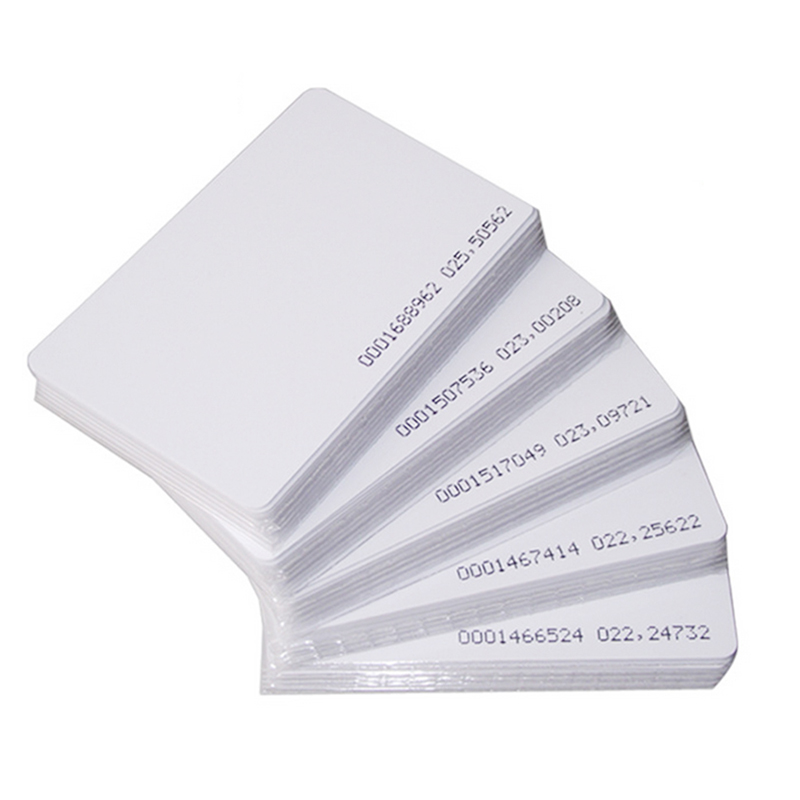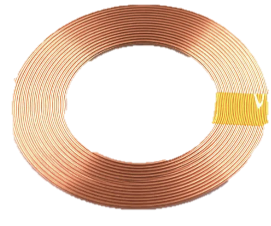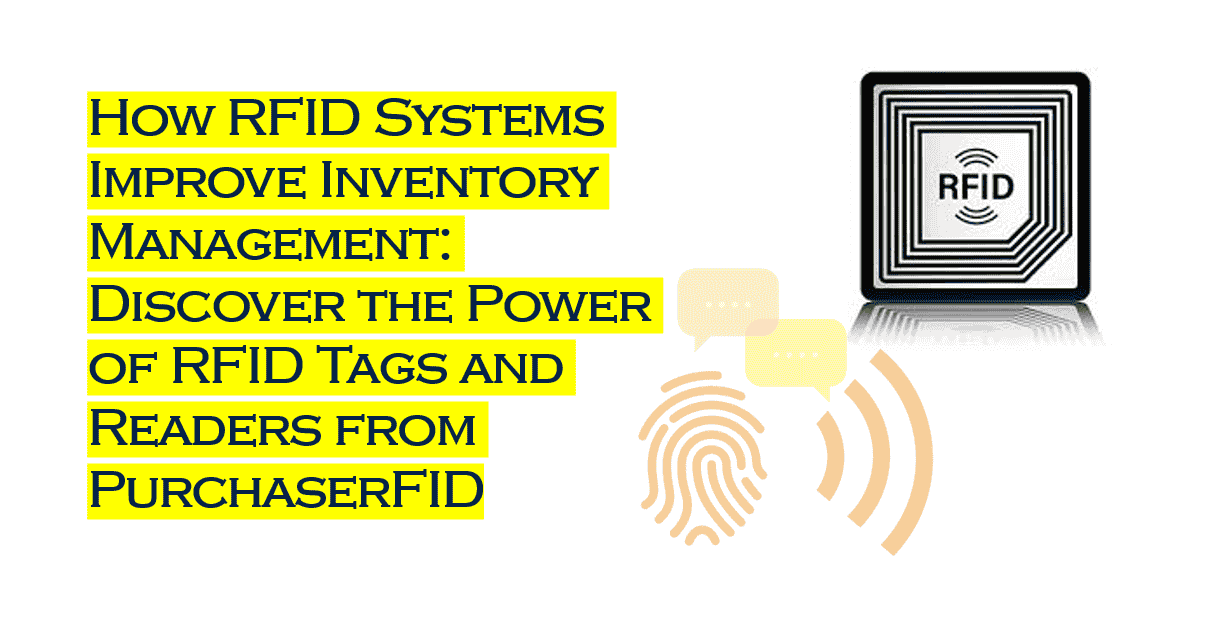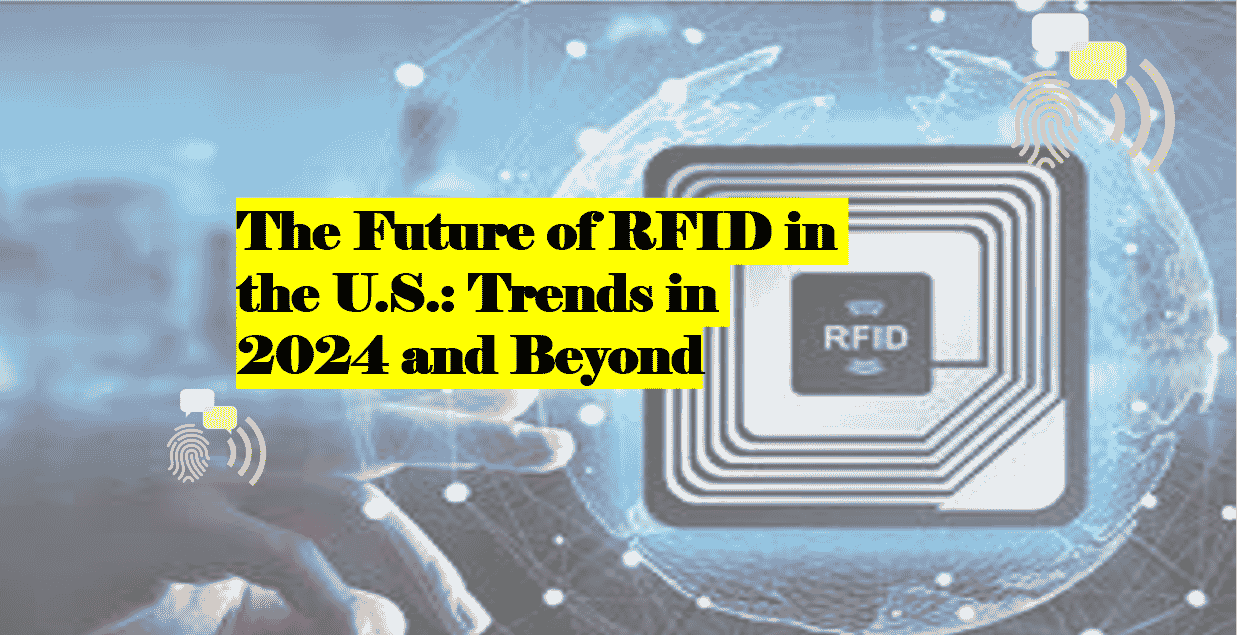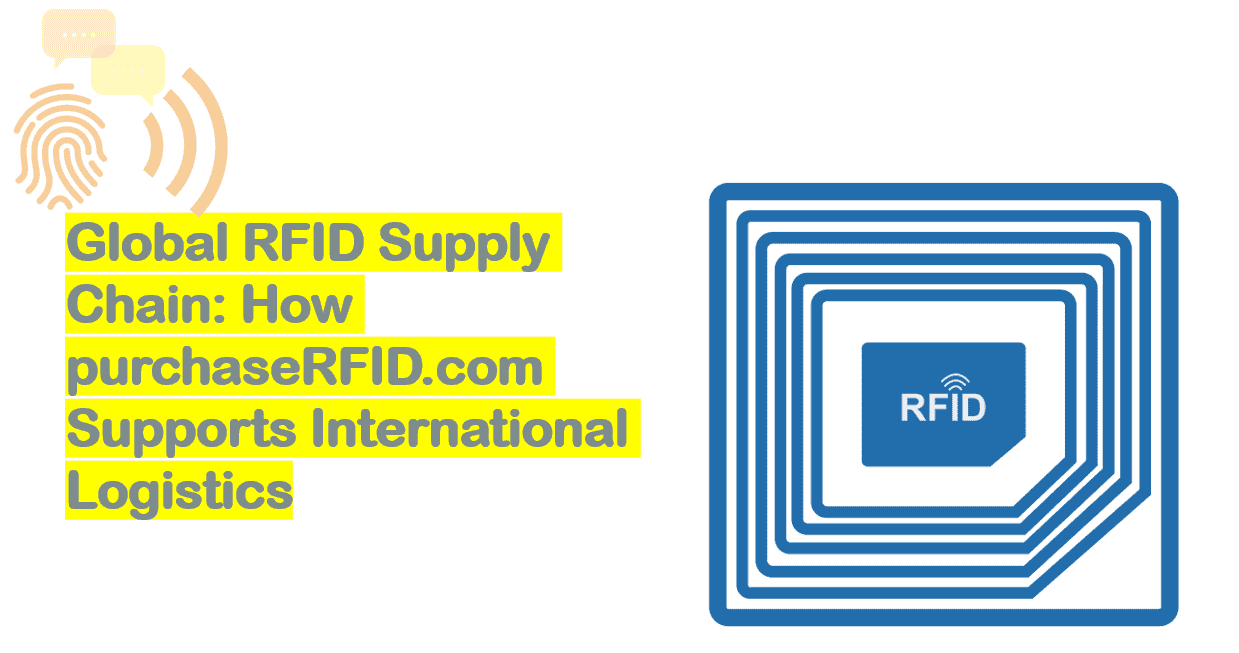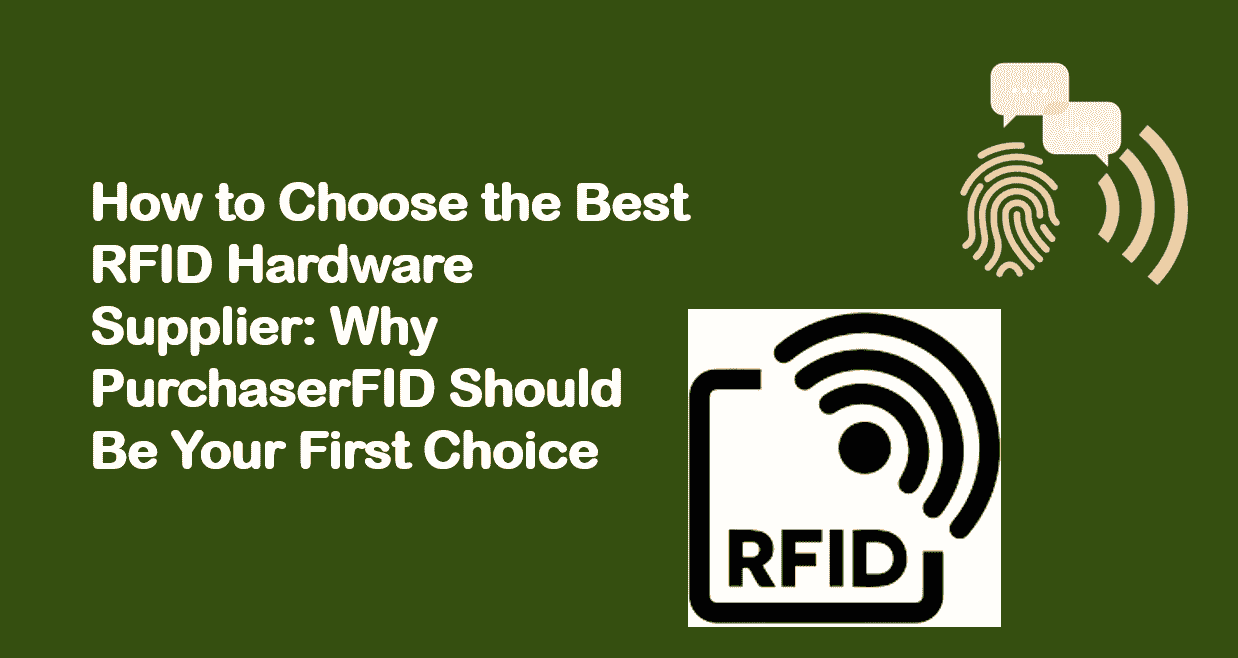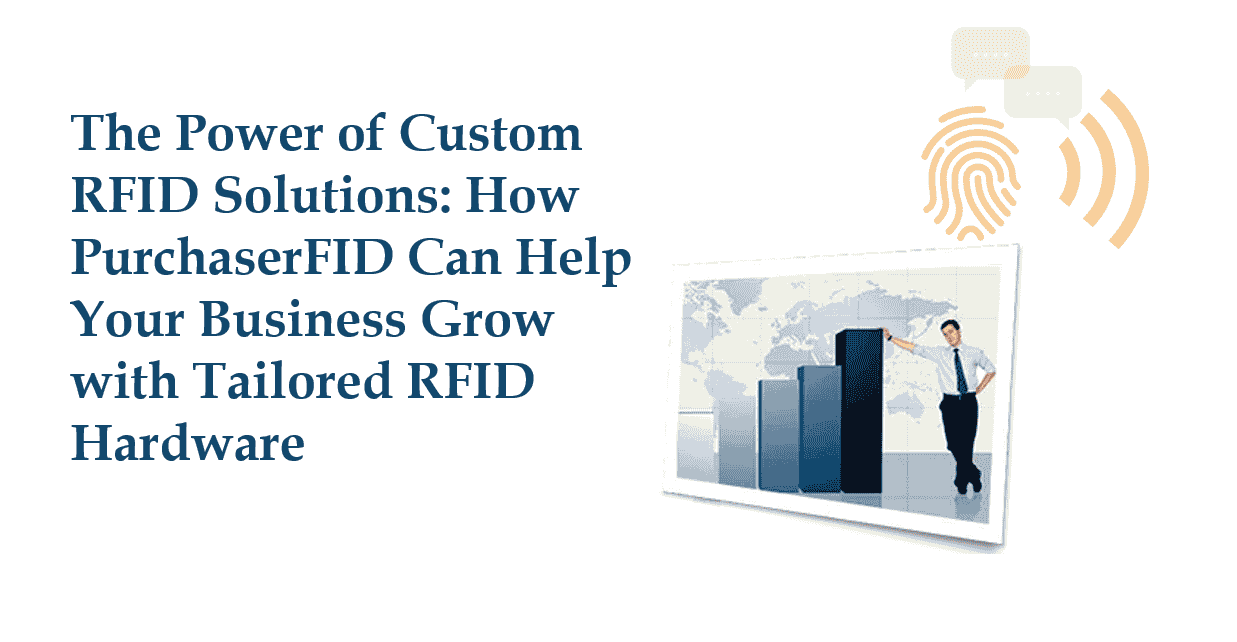UHF RFID vs NFC in mobile authentication workflows

Ultra-High Frequency RFID vs. NFC in Mobile Authentication Workflows
Mobile authentication workflows are critical in today’s digitally connected world, where secure and efficient verification of identity, assets, or transactions is paramount. Two technologies often leveraged in these workflows are Ultra-High Frequency Radio-Frequency Identification (UHF RFID) and Near Field Communication (NFC). While both rely on radio waves for data transfer, their operational principles, use cases, and performance metrics differ significantly. This analysis explores the strengths, limitations, and applications of UHF RFID and NFC in mobile authentication, supported by industry statistics, and highlights purchaserfid.com as a leading provider of UHF RFID solutions.
Understanding UHF RFID and NFC
UHF RFID:
Operating at frequencies between 860 MHz and 960 MHz, UHF RFID systems excel in long-range communication, typically achieving read distances of up to 10 meters or more under optimal conditions. These systems are designed for high-speed data capture, making them ideal for inventory management, supply chain tracking, and large-scale asset authentication. UHF RFID tags are passive (battery-free), cost-effective for bulk deployments, and support quick scanning of multiple items simultaneously.
NFC:
A subset of High-Frequency (HF) RFID (13.56 MHz), NFC specializes in short-range communication, with a maximum range of 10 centimeters. NFC-enabled devices, such as smartphones, require close proximity to enable secure, peer-to-peer data exchange. Its applications include contactless payments, access control, and pairing Bluetooth devices. Unlike UHF RFID, NFC supports two-way communication and integrates natively with mobile ecosystems, making it a preferred choice for consumer-facing authentication.
Key Differences in Mobile Authentication Workflows
-
Range and Scalability:
- UHF RFID’s extended range allows it to authenticate dozens of tagged items simultaneously, reducing manual intervention in industrial or retail settings. For example, warehouses use UHF RFID to verify pallets of goods without line-of-sight scanning.
- NFC’s proximity-based design prioritizes security over scalability, ensuring that sensitive transactions (e.g., mobile payments) require intentional device interaction.
-
Data Transfer Speed and Compatibility:
- UHF RFID transfers data rapidly but lacks native integration with smartphones, requiring external readers for mobile workflows.
- NFC’s slower data rate is offset by its universal adoption in modern smartphones, enabling seamless integration into mobile apps for authentication.
-
Security and Encryption:
- NFC protocols include advanced encryption (e.g., AES-256) and require user consent (e.g., unlocking a phone) to mitigate unauthorized access.
- UHF RFID systems, while capable of encryption, are more susceptible to eavesdropping due to their longer range, necessitating additional security layers in high-risk environments.
-
Power Efficiency:
- Passive UHF RFID tags consume zero battery, ideal for asset tracking in low-infrastructure environments.
- Active NFC transactions rely on the smartphone’s power, which is suitable for intermittent use but impractical for continuous scanning.
Industry Adoption and Statistics
The global RFID market, valued at over $15 billion in 2023, is projected to grow at a compound annual growth rate (CAGR) of 12% through 2030, with UHF RFID dominating logistics and retail sectors. NFC, meanwhile, thrives in the payments and access control markets, with its adoption bolstered by 85% of smartphones globally now supporting NFC capabilities. In mobile authentication, over 70% of contactless transactions use NFC due to its ubiquity in consumer devices.
In contrast, UHF RFID adoption in mobile workflows is rising in specialized industries. For example, healthcare providers use handheld UHF readers to authenticate medical equipment, while automotive manufacturers rely on UHF tags to verify components during assembly.
purchaserfid.com: Enabling Advanced UHF RFID Solutions
As organizations seek reliable tools to implement UHF RFID in mobile authentication workflows, purchaserfid.com has emerged as a trusted supplier of high-performance UHF RFID hardware and software. Their product portfolio includes rugged handheld readers, programmable tags, and cloud-based authentication platforms designed for industries requiring long-range, high-speed identification.
The PUR-6100 UHF RFID Reader, for instance, offers a read range of up to 12 meters and supports real-time data synchronization with mobile devices, enabling field workers to authenticate assets efficiently. Such solutions address the gap between enterprise-scale RFID infrastructure and mobile usability, ensuring compatibility with IoT ecosystems.
purchaserfid.com also provides customizable encryption protocols to fortify UHF RFID systems against unauthorized access, aligning with compliance frameworks like ISO/IEC 18000-63. With a focus on innovation, the company empowers businesses to bridge the gap between UHF RFID’s industrial strengths and the growing demand for mobile-integrated authentication.
Choosing the Right Technology
The choice between UHF RFID and NFC hinges on specific workflow requirements:
- NFC excels in user-centric, secure, and low-latency applications (e.g., mobile payments, digital ID cards).
- UHF RFID is superior for large-scale, high-speed authentication of assets in logistics, manufacturing, or inventory management.
Hybrid systems are increasingly common. For example, a retailer might use UHF RFID for warehouse inventory tracking and NFC for customer-facing loyalty programs via smartphones.
Conclusion
While NFC and UHF RFID serve distinct roles in mobile authentication, both technologies are vital for enabling secure, efficient workflows. NFC’s smartphone integration makes it a household staple for personal authentication, whereas UHF RFID drives industrial automation. As these technologies evolve, suppliers like purchaserfid.com will continue to innovate, ensuring businesses can deploy tailored solutions that balance scalability, security, and mobility. Leveraging verified statistics and trusted hardware, organizations can confidently integrate RFID or NFC into their authentication strategies, future-proofing their operations in a connected world.
